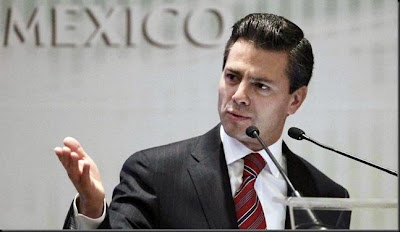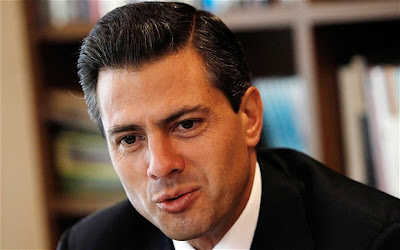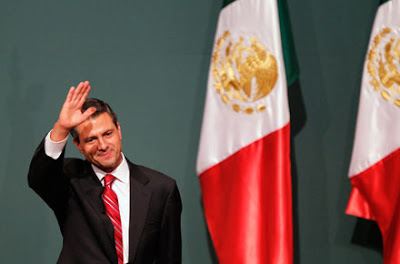Mexico is the talk of the town, even at this side of the Atlantic. Gone are the days the country was regarded as an economic backwater, with the bulk of its skilled workers jumping borders for quality life.
 |
| Enrique Peña Nieto Image Credit: paperblog.com |
The Economist’s special report on Mexico actually summarized years of an uphill climb. Still steeped in violence from drug trafficking and organized crime, the country is now the second largest economy in Latin America. And with hints of bitterness it could have eased its initials into BRIC, the bloc of emerging markets that the world looks to as challengers to the usual superpowers.
 |
| Enrique Peña Nieto Image Credit: i.telegraph.co.uk |
The economic plaudits could only go so far. Mexico is still tied by feeding tube to the United States, host to many of its emigrants. The members of the welcoming committee are in decline, though, as are the Mexicans raring to be welcomed. Back home, industrial complexes hosting Japanese car manufacturers are hiring masses of local workers. But this new development cannot be bookended by the certainty of export markets. While the United States is a premiere trading partner, the superpower still largely looks to China for exports.
 |
| Enrique Peña Nieto Image Credit: opencanada.org |
There are, however, signs that the economy Enrique Pena Nieto has just inherited last December 1 in his official accession to power will be able to cut the mustard. In other words, whatever potential unloaded onto Mexico in these days when its GDP has been growing at a faster rate than that of Brazil’s could unfold into an investor’s dream. The large Hispanic populations in the United States could very well guarantee an exodus into this promising land, predicted to be the one of the 10 largest economies of the world in good time. Whether that will happen with its exports fettered to the United States or not is a matter of continuing free trade agreements.
Read more about Mexico from this Twitter page.
No comments:
Post a Comment